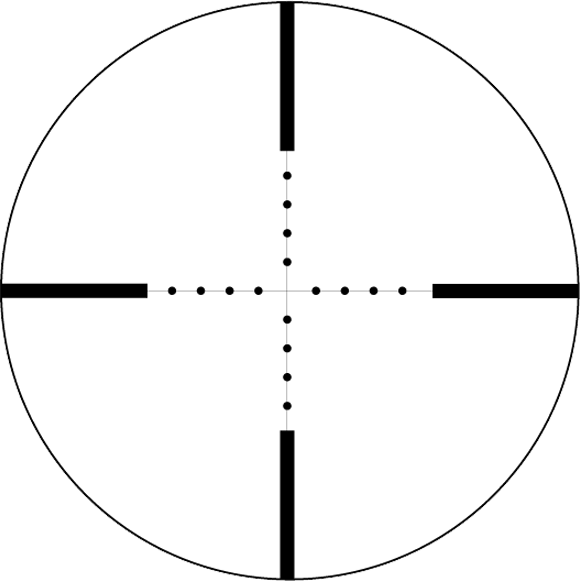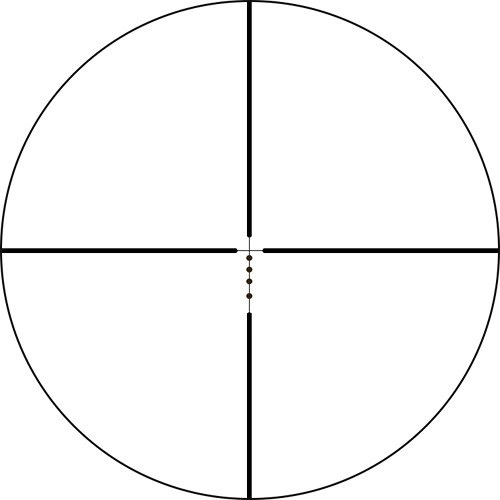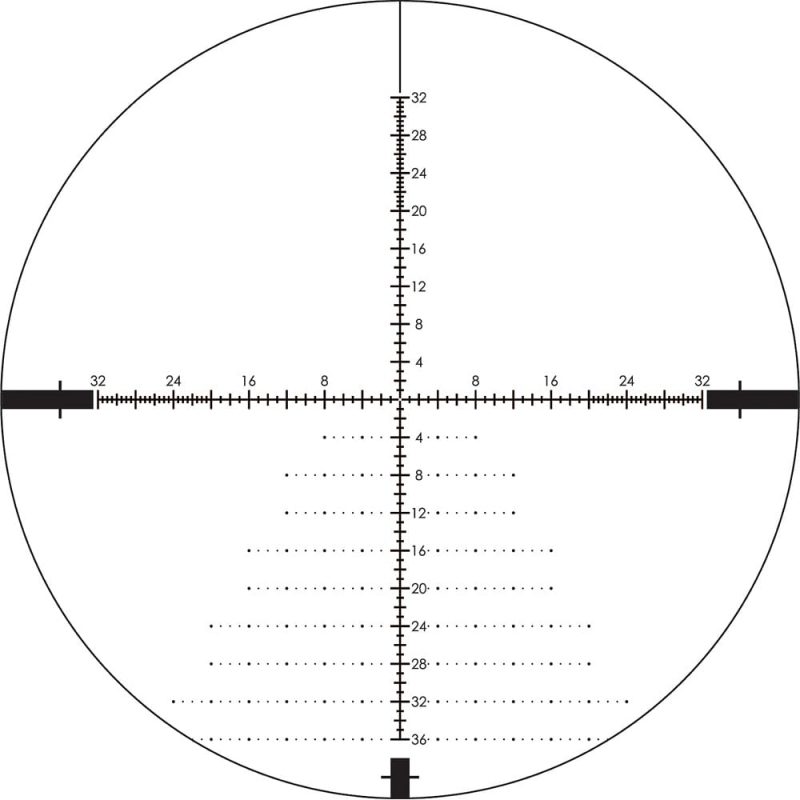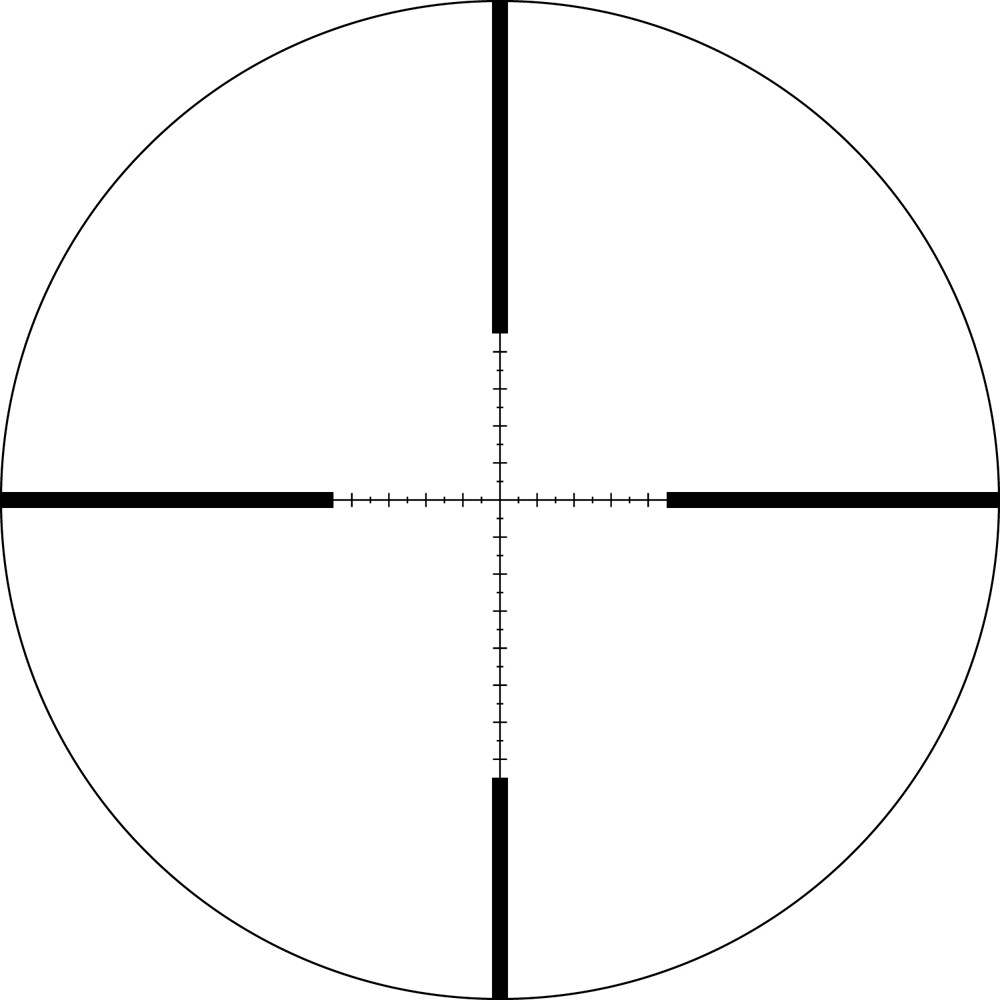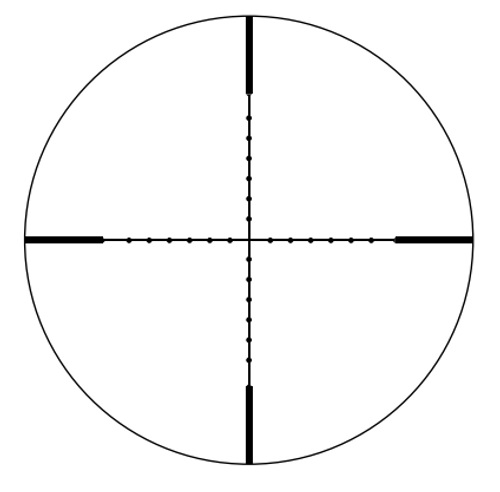|
The Beginner's guide to RIFLESCOPE Chapter 1 Chapter 2 Chapter 3 The Beginner's guide to NIGHT VISION Chapter 1 Chapter 2 The Beginner's guide to BINOCULARS Chapter 1 Chapter 2 What Type of Binoculars Do I Need? Chapter 3 Chapter 4 Chapter 5 |
CHAPTER 2: RIFLE SCOPE RETICLES EXPLAINEDReticles are a form of visual aid to help you aim at your target when viewing through the scope. Picking the correct type of reticles can be just as important as deciding what kind of scope to get. Here, we will summarize the info that you need to know about reticles and how to pick the right one for you.
TYPES OF RETICLES Many different types of reticles are currently available in the market. If you’re new to the rifle scope market, the sheer number of variations can be overwhelming. Originally, there were only a few types available, however, over time, manufacturers started making small changes and slapping different names on these variations. Let’s take a look at a few common types of reticles available for a telescopic sight.
The Duplex is perfect for hunting, especially in areas with thicker brush, since the simple design allows you to focus on your target at the centre. It is also a good starting point for beginners because of the uncluttered design. 
Another function of the dots is to help with holdover and estimating bullet drops. Because of this, MilDot is often used for long-range scenarios, especially by military snipers. However, if the target is too small, it may be occluded by the dots.
The BDC reticle has been around for quite some time and most manufacturers have their own version, tailored for specific calibres, which must be used under a certain magnification powers. However, newer BDCs have started using software to adapt the holdover points on the BDC regardless of the calibre. Generally, BDC is a good all-rounder reticle that can be used for hunting, long-range, and even competition.
FIRST FOCAL PLANE VS SECOND FOCAL PLANE First Focal Plane (FFP) For scopes with a first focal plane, the reticle will increase in size as you increase the magnification power. Reticles with holdover points such as BDC only work at a certain distance since the points need to be scaled correctly against the target to provide the correct set of information. With a first focal plane scope, the holdover points can be used at any magnification power since they will increase in size proportionally to the magnification being used. Because of this, long-range shooters prefer using a scope with the first focal plane. 
However, FFP scopes are less effective when used for short-distance shooting because as you zoom out, the reticle will also decrease in size, making it harder for you to see what you’re aiming at. The holdover points will also be too small to see and will only clutter your vision more, and may lead to a missed shot. To fix this issue, some FFP scopes will have an illuminated reticle to help you see better.
Second Focal Plane Unlike the first focal plane, the reticle size on a second focal plane scope will stay constant regardless of the magnification power used. Because of this, they are better used for a point-and-shoot situation. Since the reticle size is always constant, they are often paired with simpler and less cluttered reticles that can help you focus on your target. Second focal plane is often used in low-powered scopes with 3-9x magnification. However, since the reticles are always constant, they are more limited when trying to bring out the full potential of a reticle.  Which Focal Plane to Choose? If you’re planning to shoot at long-range targets, the first focal plane is the clear winner, especially when paired with a reticle that can provide holdover points and other info. For hunting and short-range action, we would recommend the second focal plane since they will not disturb your aim regardless of the magnification used. Ultimately, either one is fine as long as you’re comfortable using them. Another thing to note is that scopes with first focal plane are generally more expensive than scopes with a second focal plane since they are more complicated to manufacture.
THINGS TO CONSIDER WHEN CHOOSING A RETICLE
BEST SELLING RETICLES ON OZRIFLESCOPES If you’re still having trouble deciding on which reticle to use, here are some of the bestsellers at OZRiflescopes you might want to consider:
|


